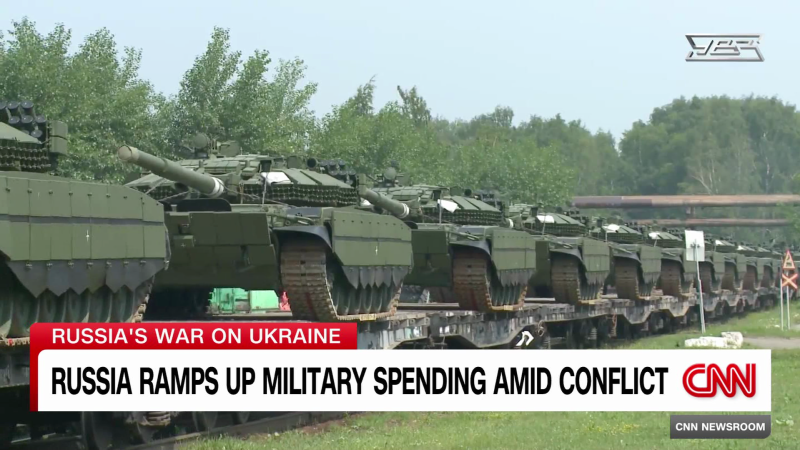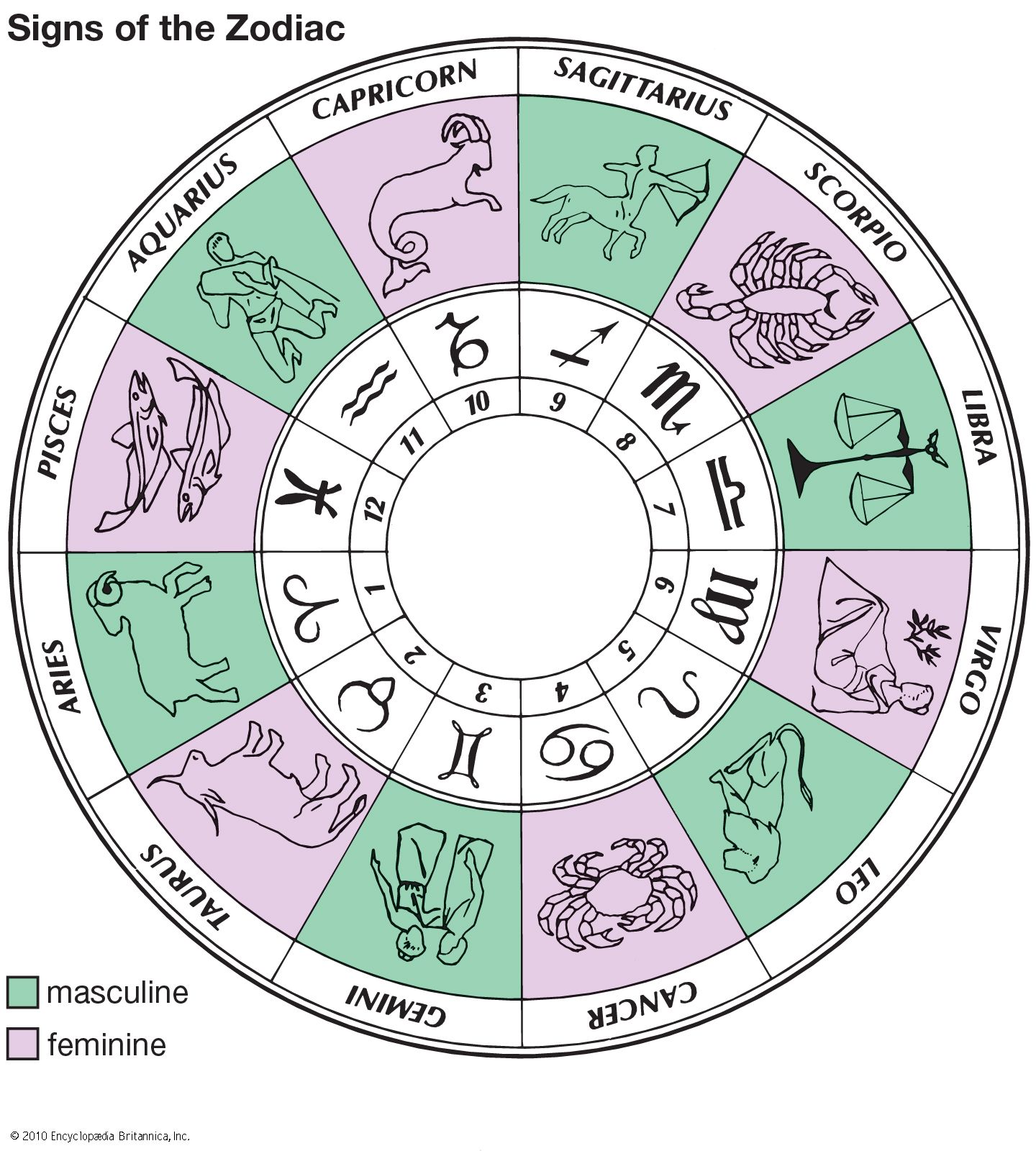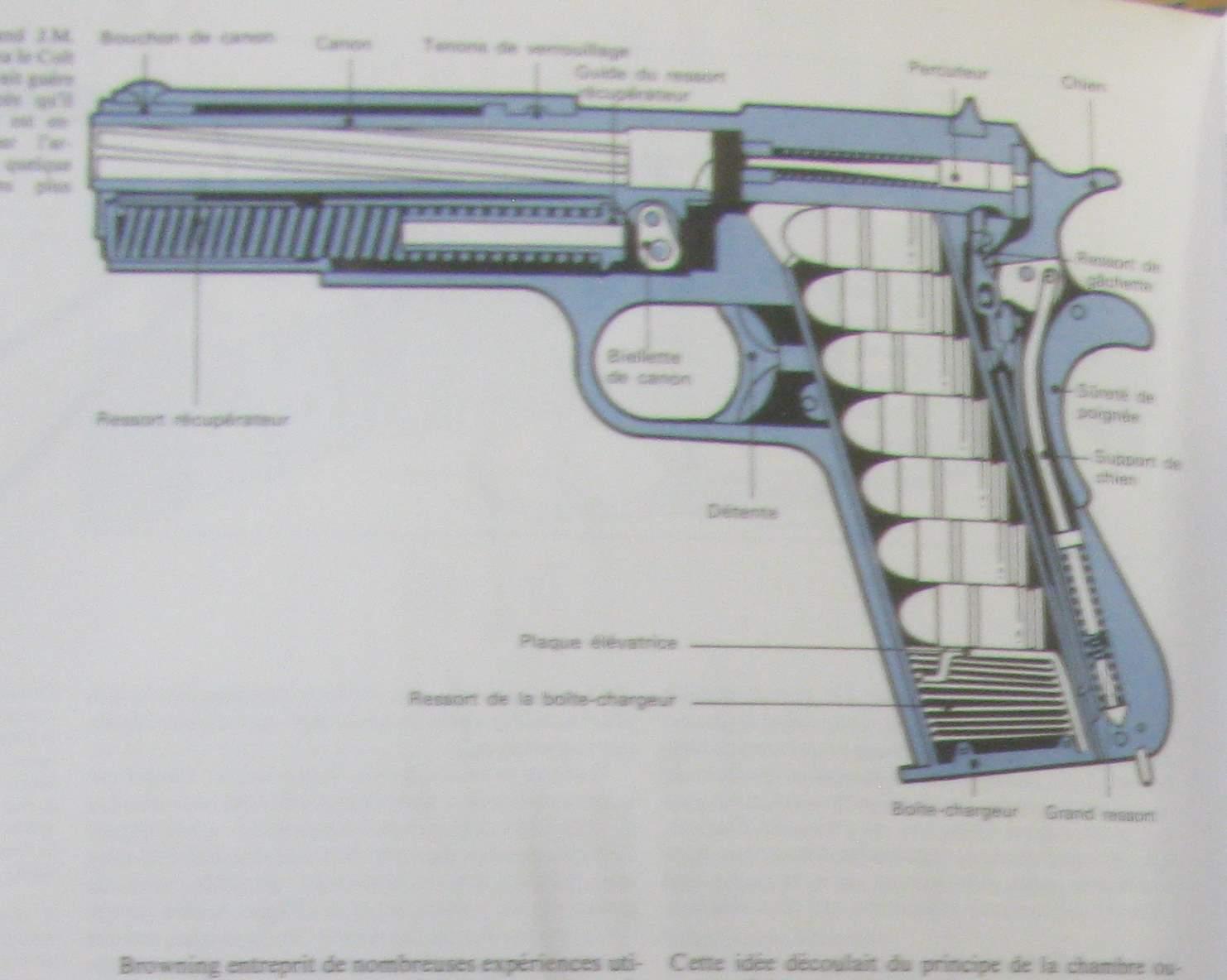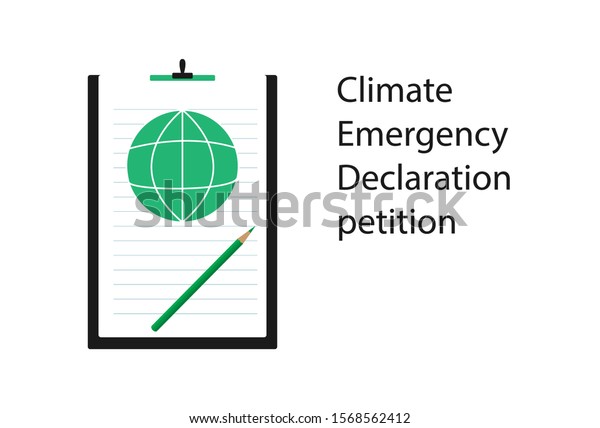Russian Threat Drives Global Military Spending Increase

Table of Contents
The Ukraine Conflict as a Catalyst
The invasion of Ukraine has fundamentally altered the perception of security threats, prompting a reassessment of defense capabilities among nations. The sheer scale of the conflict, the brutality of the fighting, and the unexpected resilience of Ukrainian forces have forced a reevaluation of conventional warfare doctrines and the importance of robust national defense.
Increased Defense Budgets
Many countries are significantly increasing their defense budgets to counter potential aggression and deter further Russian expansionism. This includes both direct responses to the perceived Russian threat and indirect responses to regional instability.
- NATO members: Several NATO members, including the United States, the United Kingdom, Germany, and Poland, have announced substantial increases in their defense budgets, exceeding previous commitments. These increases reflect a commitment to bolstering collective defense capabilities against potential Russian aggression.
- Asian nations: Countries in Asia, particularly those bordering Russia or facing perceived threats from China, are also increasing military spending. This reflects concerns about regional stability and the potential for spillover effects from the Ukraine conflict.
- Specific increases: The US increased its defense budget by billions of dollars in 2023, while the UK has committed to increasing defense spending to 2.5% of GDP. Germany, too, has committed to a significant increase in its defense spending, marking a dramatic shift in its post-war military policy.
- Types of spending: This surge in spending is not uniformly distributed. We see increases in weapons procurement (particularly anti-tank and anti-aircraft systems), troop deployments, enhanced military readiness, and significant investment in cyber security infrastructure.
Renewed Focus on Conventional Warfare
The conflict in Ukraine has highlighted the relevance of traditional military capabilities, leading to increased investment in conventional weaponry and troop readiness. The initial emphasis on asymmetric warfare and technological superiority has been tempered by the reality of protracted conventional conflict.
- Increased investments: We're seeing significant investments in tanks, artillery, ammunition, infantry equipment, and other conventional military hardware. This reflects a renewed appreciation for the enduring relevance of conventional forces in modern warfare.
- Military alliances: The conflict has strengthened the importance of military alliances like NATO and spurred increased joint military exercises and cooperation among allied nations. This collective defense approach is seen as a crucial deterrent against further Russian aggression.
Russia's Assertive Foreign Policy
Russia's aggressive actions extend beyond Ukraine, fueling global concerns and driving military spending increases. Its military presence in Syria, its support for proxy conflicts, and its sophisticated cyber warfare capabilities create a broader security threat that demands a comprehensive response.
Heightened Geopolitical Tensions
Russia's actions have heightened geopolitical tensions across the globe, creating a climate of uncertainty that necessitates increased defense spending. This uncertainty extends far beyond the immediate region of the conflict, impacting global stability and fostering a more confrontational international environment.
- Russian actions: Specific actions such as nuclear saber-rattling, support for separatist movements in other countries, interference in foreign elections, and aggressive rhetoric towards neighboring countries are contributing factors to heightened global tensions.
- Impact on neighboring countries: Countries bordering Russia, particularly those in Eastern Europe and the Baltic states, feel directly threatened and are significantly increasing their defense budgets to counter potential aggression.
The Rise of Hybrid Warfare
Russia's use of hybrid warfare tactics – combining conventional military actions with cyberattacks, disinformation campaigns, and political interference – necessitates a more comprehensive and adaptable defense strategy. This multi-faceted approach requires a similarly multifaceted response.
- Hybrid warfare tactics: Examples include the use of cyberattacks to disrupt critical infrastructure, the spread of disinformation to undermine public trust and sow discord, and the use of proxy forces to destabilize neighboring countries.
- Investment in cybersecurity: Countries worldwide are increasing their investment in cybersecurity and information warfare capabilities to counter the threat posed by sophisticated Russian hybrid warfare tactics.
The Impact on Global Security and Stability
The increased military spending has significant implications for global security and stability, including considerable economic consequences and the risk of an arms race. The long-term impacts are still unfolding and require careful monitoring.
Economic Burden
The surge in military spending poses a significant economic burden on many nations, potentially diverting resources from other essential sectors such as healthcare and education. This trade-off has significant social and political implications.
- Economic impact: The economic impact varies across countries, depending on the size of their defense budgets and their overall economic strength. However, the cumulative effect of increased military spending globally is substantial.
- Long-term consequences: Sustained high military spending could lead to long-term economic stagnation, hindering economic growth and development in many nations.
Risk of Escalation
The increase in military spending could potentially fuel an arms race, increasing the risk of conflict and undermining global security. A cycle of escalating military build-ups can inadvertently increase the likelihood of miscalculation and unintended conflict.
- Potential for escalation: The current situation carries the risk of further escalation, particularly if tensions between Russia and the West continue to rise.
- Diplomatic efforts: Diplomatic efforts to de-escalate tensions and find peaceful resolutions are crucial to mitigating the risk of further escalation and preventing a broader conflict.
Conclusion
The Russian threat, primarily manifested through its actions in Ukraine and its assertive foreign policy, is undeniably the primary driver behind the dramatic increase in global military spending. This heightened investment reflects a significant shift in the global security landscape, characterized by heightened geopolitical tensions and the evolving nature of warfare. Understanding the causes and implications of this trend is crucial for policymakers and citizens alike. To stay informed about the evolving implications of the global security landscape and the ongoing impact of the Russian threat on global military spending, continue to follow reputable news sources and analyses.

Featured Posts
-
 Daily Horoscope Today April 17 2025 Astrological Predictions For All 12 Zodiac Signs
Apr 30, 2025
Daily Horoscope Today April 17 2025 Astrological Predictions For All 12 Zodiac Signs
Apr 30, 2025 -
 Polemique Les Celebrations Avec Armes A Feu D Une Star Nba Divisent Le Monde Du Basket
Apr 30, 2025
Polemique Les Celebrations Avec Armes A Feu D Une Star Nba Divisent Le Monde Du Basket
Apr 30, 2025 -
 Gas Explosion In Yate Bristol Three People Injured
Apr 30, 2025
Gas Explosion In Yate Bristol Three People Injured
Apr 30, 2025 -
 Heavy Rain And Flooding Prompt State Of Emergency Declaration In Kentucky
Apr 30, 2025
Heavy Rain And Flooding Prompt State Of Emergency Declaration In Kentucky
Apr 30, 2025 -
 Noa Argamani Named Among Times 100 Most Influential People Of 2025
Apr 30, 2025
Noa Argamani Named Among Times 100 Most Influential People Of 2025
Apr 30, 2025
